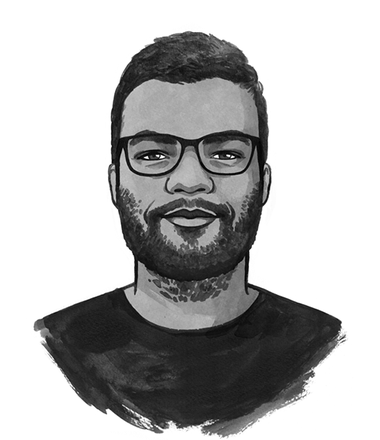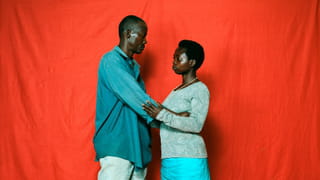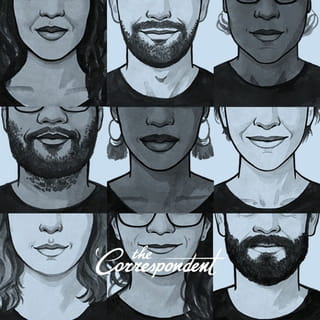
How progressives could still win the 21st century
In hospitals, our dignity is up for sale. Here’s how we return care to healthcare
The global financial system is collapsing. Here’s a three-step plan to take back control
The alt-right has taken the political centre. It’s not too late to win it back
Those are all headlines of stories published on The Correspondent this year. Slowly read them out aloud, or quietly in your head. Then again, and again. And one more time. Do you feel anything? Alright, I will go first: I feel a part of me tentatively preparing to take flight after a long time locked in a cage (I have the advantage of having read the entire stories, not just the headlines).
This feeling has a name: hope.
In a year that has been anointed the Most Disastrous Ever, where life rather than death has become the punctuation, we are too scared and scarred to even talk about hope. Even though hope is what animates every "Just can’t wait for 2021."
Things change. Years become history. The work of fixing the future goes on, even when the future seems impossibly out of reach. At the heart of that work is imagining what happens next. What happens after progressives win back the 21st century? After we understand the motivations of those who disagree with us? After we take back control of the global financial system? After this virus leaves us?
We move on and build back better. But to do that, we need something more than hope. We need to learn how to forgive.
‘What’s happened in the past is past’
Margaret McKinney last saw her son on 25 May 1978. Brian, who had a developmental disability, was kidnapped for stealing £70 from a club run by the Irish Republican Army.
After his disappearance, McKinney suffered heart failure, gave up working, and stopped believing in God. Brian’s body was finally found 21 years later, in a bog, with a bullet hole in his head and his hands tied behind his back.
"If I’d known who Brian’s killers were, I would have gone out and killed their children," McKinney admitted. "I wanted them to know how it felt."
Between 2000 and 2001, McKinney and several other residents of Northern Ireland, all survivors of the catastrophic sectarian violence the region experienced during the Troubles, arrived at Stanford University to learn something they had long thought impossible: forgiving the people who had destroyed their lives.
Guiding them was Fred Luskin, director of the Stanford Forgiveness Project. Over six 90-minute sessions, Luskin, a PhD in counselling psychology, taught them how to lose their festering anger and reach lasting forgiveness.
The results were profound.
In one group, women who had lost their sons reported that their forgiveness levels for their sons’ killers had gone up significantly. Their perception of hurt fell drastically from 8.6 to 3.4 on a scale of 1-10. They also reported a statistically significant increase in optimism levels.
Another group reported a 20% decline in symptoms of depression and a 35% decline in markers of stress, including dizziness, headache, and stomach ache.
One of the participants, Ethel Allen, whose son was shot in a pub during the conflict, said: "I used to think that no parent could suffer as much as me, but now I see we’re all suffering. I really do owe my life to Stanford.”
Brian’s mother McKinney testified after the workshop: "I feel no more pain. What’s happened in the past is past."
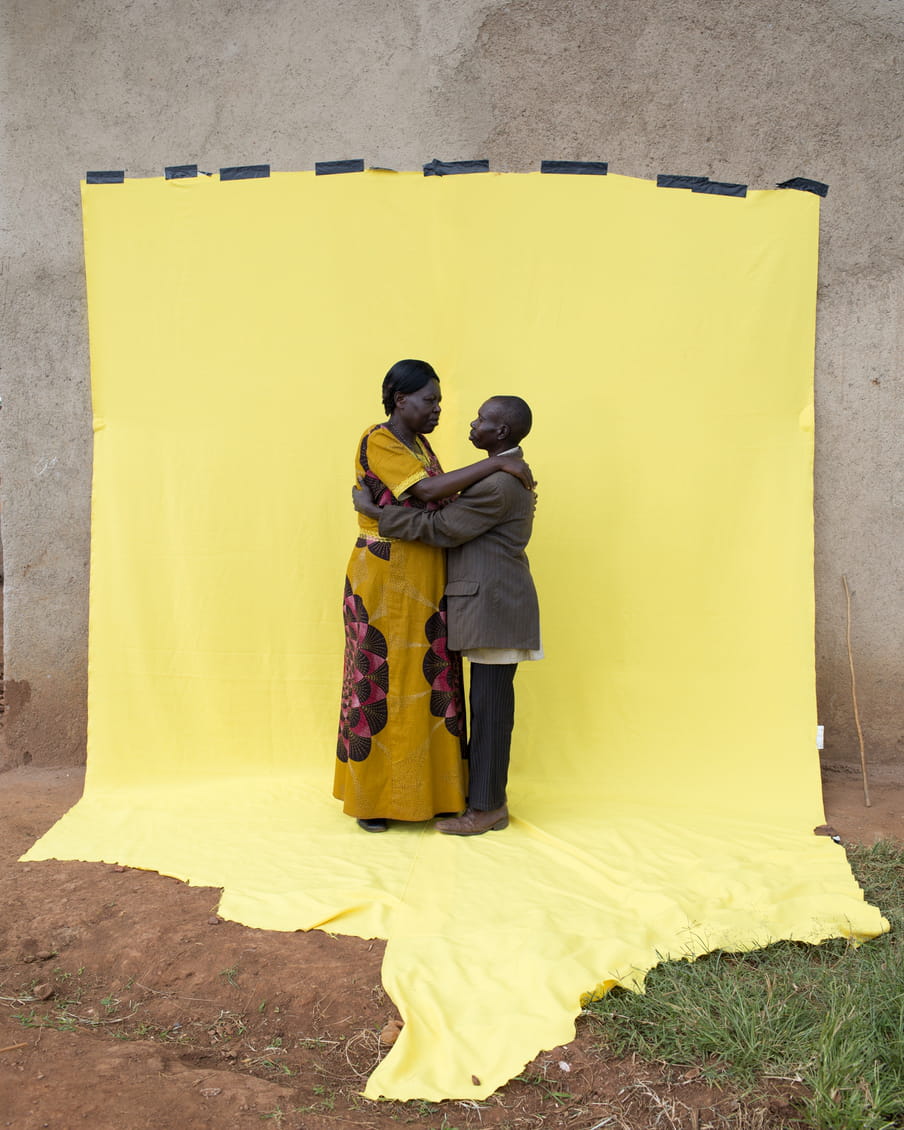

A study born in betrayal and boosted by scandal
The evening I call Luskin at his office in Stanford, I’m in the noisy dining hall of a guest house in Auroville, a utopian city in the middle of dense greenery built in the 60s in the south of India for "men and women of all countries". The dining hall is the only spot with half-decent mobile network, but he struggles to hear me over a crowd of Spanish, French, and English-speaking visitors shouting into their phones.
Luskin – described by one of his students as "every bit the professor, gangly, with dishevelled hair and a shirt sporting an equation" – has forgotten about our appointment. I remind him that I am calling to interview him on his life’s work and apologise for the noise.
"No, no, no," he replies slowly, deliberately. "I get so many requests, and I mostly say yes, but I often forget who I am talking to. I am sorry if I made you feel awkward."
I ask how he became interested in forgiveness as we settle into the call.
‘The amount of wasted lives, the amount of hatred all around – most of it stems from unresolved wounding. There is a desperate need for people to let some of that stuff go’
"In part, it started as my own healing from a really strong betrayal by a very close friend," he says. "I always wanted to do something in science, and I was looking for a topic for my dissertation. So I took some of the things that had dug me out of the pits – simple practices such as a little bit of meditation, a little bit of narrative work, a little bit of cognitive disputation, some gratitude practice, and maybe some stoicism-based acceptance – and used all of it to make a secular, pragmatic training programme on forgiveness."
He adds: "The world desperately needs forgiveness [to get over the] bitterness and victimhood and resentment that has always choked the human experience. The amount of wasted lives, the amount of hatred all around – most of it stems from unresolved wounding. There is a desperate need for people to let some of that stuff go."
Luskin’s forgiveness training consists of nine steps, from allowing yourself to grieve to embracing a new script that’s not based on victimhood:
- Telling your story to a small set of people you trust
- Committing to forgiveness
- Understanding that forgiveness isn’t necessarily about reconciliation
- Identifying the real source of your distress
- Learning stress management
- Abandoning unreasonable expectations from others
- Refocusing your energy on positive outcomes rather than the feeling of hurt
- Realising that forgiveness is about personal empowerment, and
- Positively reframing your grievance story.
Luskin points out that the intellectual climate in which the Stanford Forgiveness Project was born was characterised by an important shift in the field of psychology: in 1998, Martin Seligman became president of the American Psychological Association and started promoting positive psychology – the study of the "good life", emphasising ideas such as happiness and harmony, as opposed to suffering and mental illness.
He says he was also "fortunate" that the project coincided with a sudden moral crisis in American society and politics, as former US president Bill Clinton’s affair with White House employee Monica Lewinsky exploded in the news.
"I’d say the real reason you’re talking to me today is that scandal. Our project took off at almost the same moment." Thanks to the raging national debate on whether Clinton deserved to be forgiven, Luskin was able to recruit hundreds of participants for one of his early studies, which produced evidence that his method worked. "That [helped] put us on the forgiveness map."
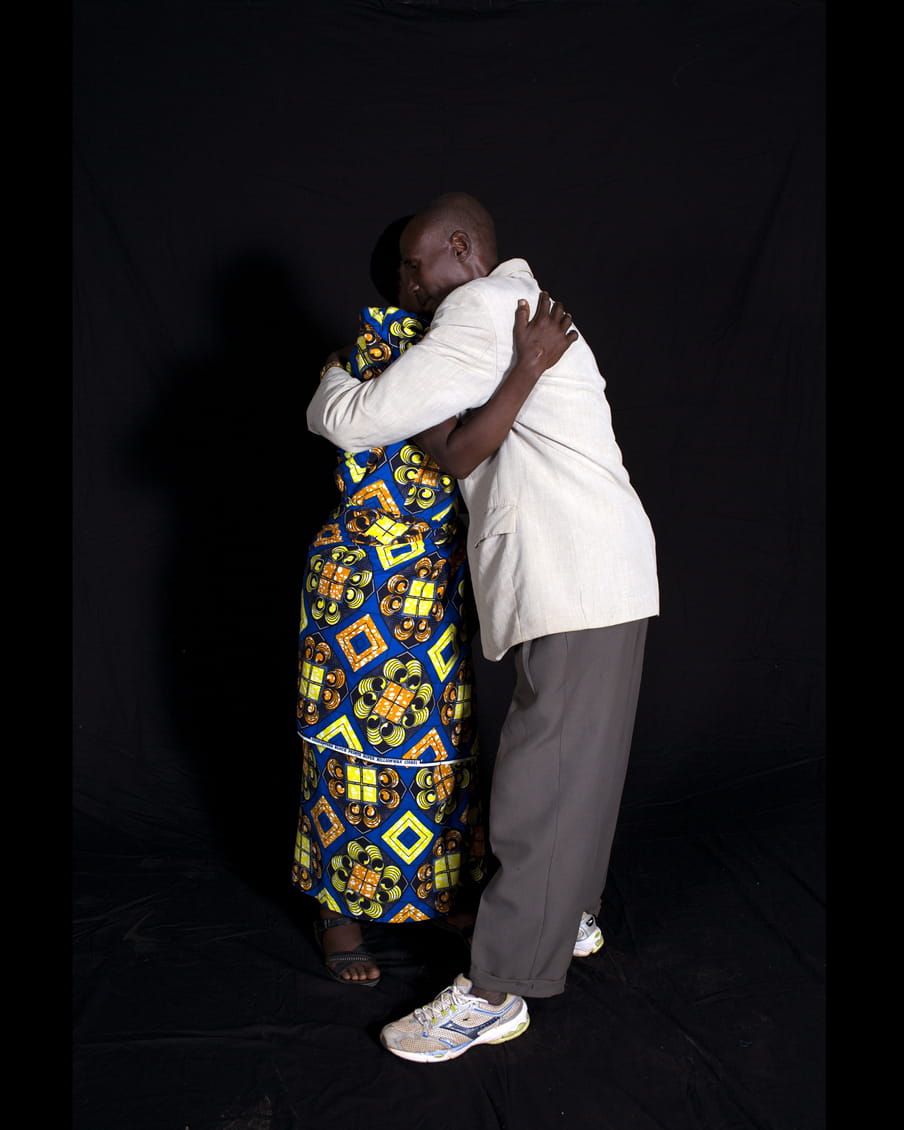
Teaching forgiveness in Sierra Leone
Given what Luskin managed to do two decades ago, it would seem that we have been looking in the wrong places to find relief from what some in the west call the "age of anxiety". Forget meditation apps and therapy chatbots. What we really need is forgiveness training.
But there’s also room for suspicion. Psychologists allegedly produce a lot of dubious "scientific" research – stuff that makes for good headlines but can’t be replicated elsewhere.
Would Luskin’s solution work in a very different setting?
I found the answer in a case study from Sierra Leone. The west African nation endured a long civil war from 1991 to 2002 that left tens of thousands dead and millions displaced. In 2007, Luskin’s training was applied in a school in the capital Freetown. Over five days, for an hour and a half to two hours every day, the facilitators taught the forgiveness framework to a group of teachers in the school, who in turn passed on lessons to their students via a specially designed curriculum.
The results were encouraging.
"Importantly, those who participated in the training showed dramatically improved levels of benevolent motives toward their offenders," said a report on the programme. "Although cultures may exist where forgiveness interventions may be problematic, our experience in Sierra Leone suggests that attempts to bring about increased forgiveness are culturally appropriate and well received."
This boosted the Stanford Forgiveness Project’s reputation as real science.

Is forgiveness anti-justice?
As I read all these stories about the benevolence of the victims of horrific violence towards their oppressors, I began to feel uneasy about its implications. I couldn’t quite articulate why until Luskin explained that in his framework, "moving on" after grieving is the key to forgiveness:
"It’s like saying yes I was hurt, yes it has disrupted my life, yes, yes, yes, yes, yes – and I choose to forgive and move on. It’s nobody’s fault, it’s just the way life is."
Who benefits when you accept that injustice and inequity is "nobody’s fault" – or, as I remembered reading in a reflection by one of Luskin’s students, when you decide to "shut up and stop driving yourself nuts"? And what happens when securing forgiveness becomes all too easy, no matter the gravity of your wrongs?
Forgiveness is the ultimate expression of choice. But refusing to forgive can be an equally powerful assertion of agency, a rallying cry for revolution and justice
Moisés Naím, distinguished fellow at the Carnegie Endowment for International Peace, points to the current US president for answers:
"[Many] Americans forgive Trump for behaviour that should be considered unforgivable in any decent world: from the constant, unabashed lying to the inhuman cruelty of some of his decisions. To be sure, many Trump supporters feel that there is nothing to forgive. They accept, and even celebrate, the president’s behaviour, even when he says that being a celebrity entitles men to grope any woman they want."
For Luskin, forgiveness is the ultimate expression of choice. But refusing to forgive can be an equally powerful assertion of agency, a rallying cry for revolution and justice.
Luskin calls justice a "tough concept".
"Most people don’t want justice," he says. "They want to win and prosper and benefit and take advantage. If you look at the first world, for instance, they are stealing the world’s resources because of which half the world goes hungry, and then someone robs them of $100 and they scream for justice. In political violence as well, one group calls it a murder while another group calls it revenge. Justice is a very murky term, usually predicated more on resentment than anything else."


‘Justice is independent from forgiveness’
For me, the big takeaway from the conversation was this: justice isn’t at odds with forgiveness.
"Justice is the rebalancing of the scales, and forgiveness is inner healing," Luskin explains. "When we started the programme, we used to tell people all the time: forgive your ex, but make sure they pay your spousal support. Forgive them but push them to go to jail if they need to. Release your hurt, but make sure they fulfil the worldly consequences of their action."
One of the places where Luskin’s principles were tested – Sierra Leone – illustrates that forgiveness and justice can and must coexist.
When we started the programme, we used to tell people all the time: forgive your ex, but make sure they pay your spousal support
After the civil war, Sierra Leone created a truth and reconciliation commission while simultaneously conducting criminal prosecutions. A special tribunal convicted Charles Taylor, former Liberian president and lynchpin behind the violence in the country, on charges of war crimes and crimes against humanity.
Some may call this "justice", one survivor of the violence said about the judgement. "But court decisions won’t rebuild Sierra Leone or other countries where former perpetrators and victims live alongside each other. Rebuilding can start only with a purposeful, daily decision to forgive and forge a common future."
Or as Luskin claims: "The only full and optimal strategy to move on is forgiveness."
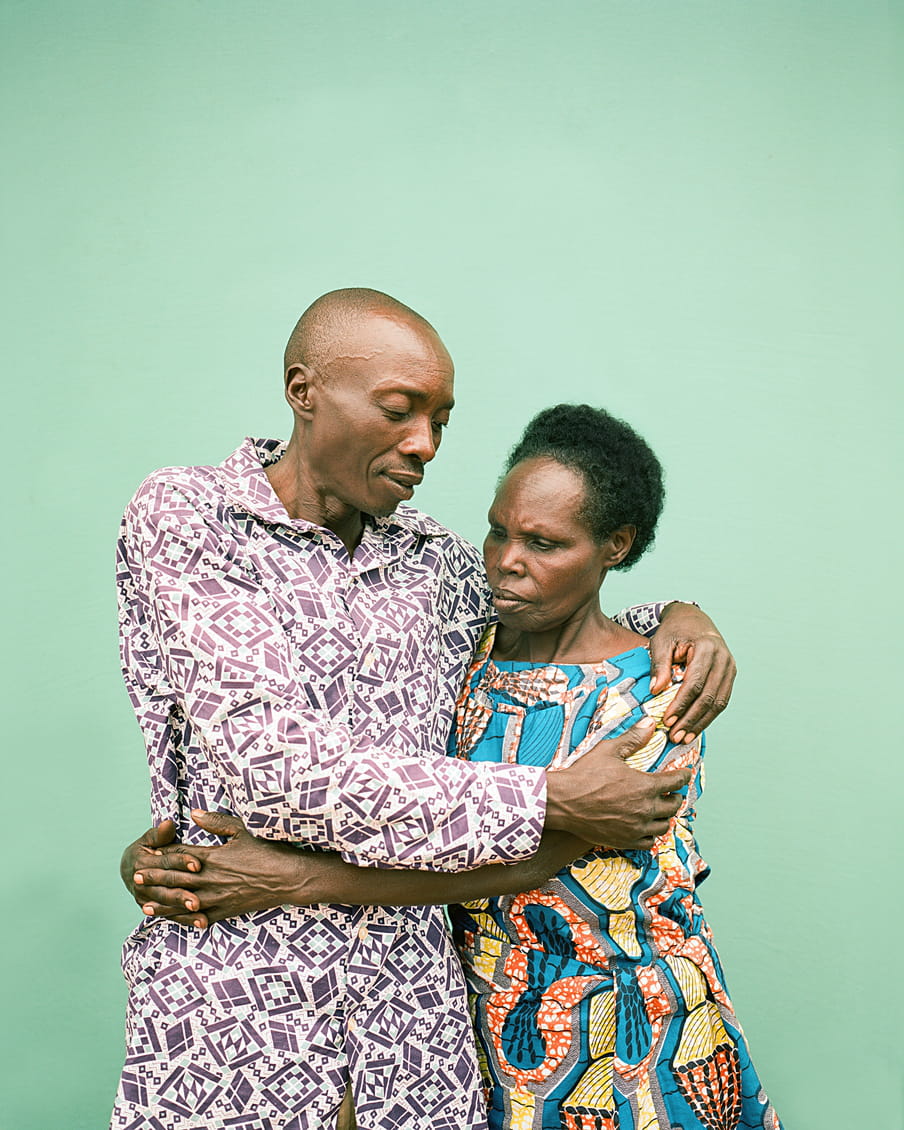
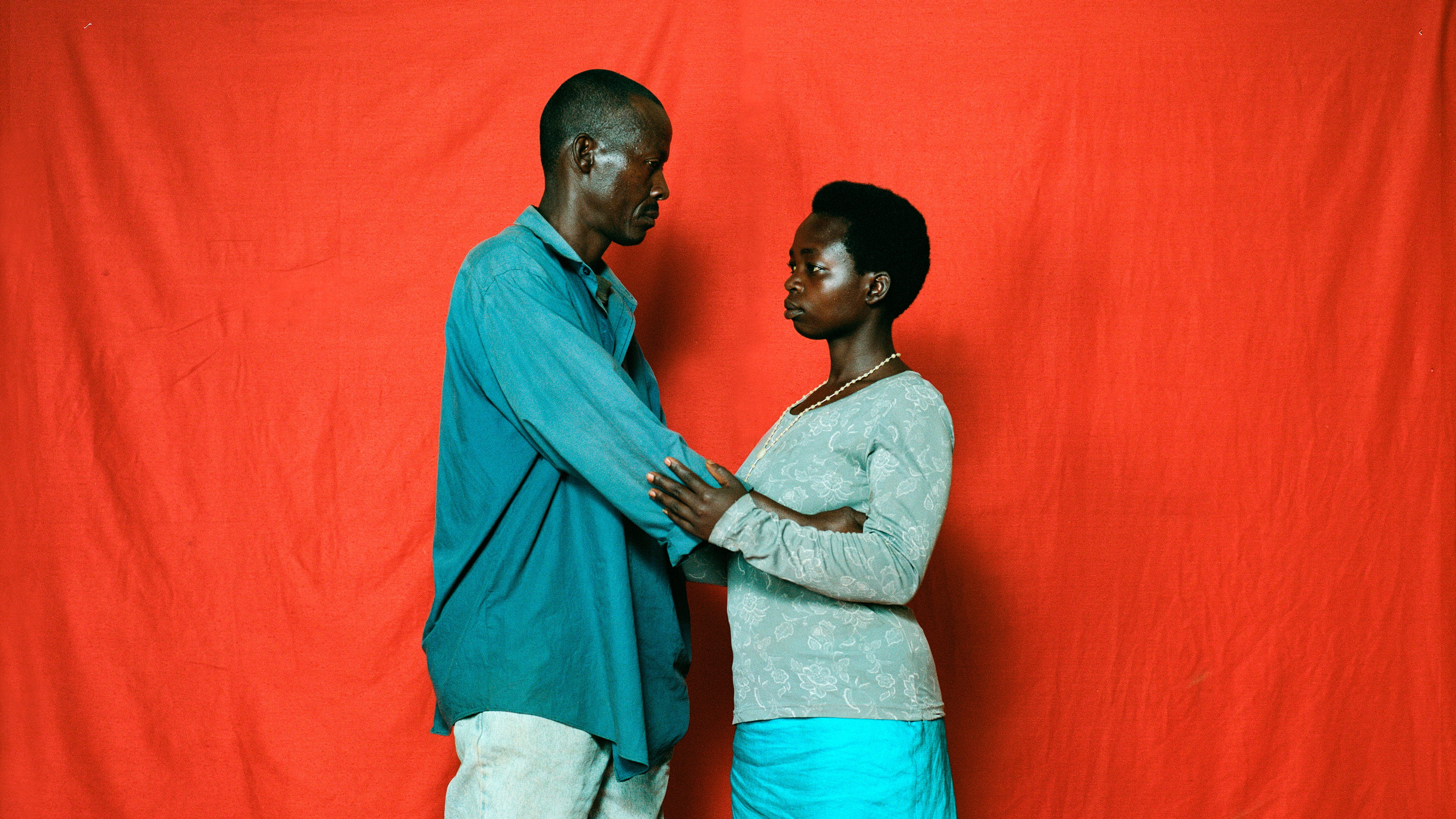 About the images
What does forgiveness look like? For her series Anatomy of Forgiveness (2014), Croatia-born photographer Lana Mesić photographed victims and perpetrators of the genocide that took place over 20 years ago in Rwanda. The pairs were originally brought together through a reconciliation programme. Mesić asked them afterwards what had happened, and how forgiveness took place – if at all. While giving as little direction as possible, she then asked the pairs if they could recreate their moment of forgiveness. The resulting portraits show how discomfort, anger and sadness can live alongside the act of forgiving. (Lise Straatsma, image editor)
About the images
What does forgiveness look like? For her series Anatomy of Forgiveness (2014), Croatia-born photographer Lana Mesić photographed victims and perpetrators of the genocide that took place over 20 years ago in Rwanda. The pairs were originally brought together through a reconciliation programme. Mesić asked them afterwards what had happened, and how forgiveness took place – if at all. While giving as little direction as possible, she then asked the pairs if they could recreate their moment of forgiveness. The resulting portraits show how discomfort, anger and sadness can live alongside the act of forgiving. (Lise Straatsma, image editor)
Dig deeper
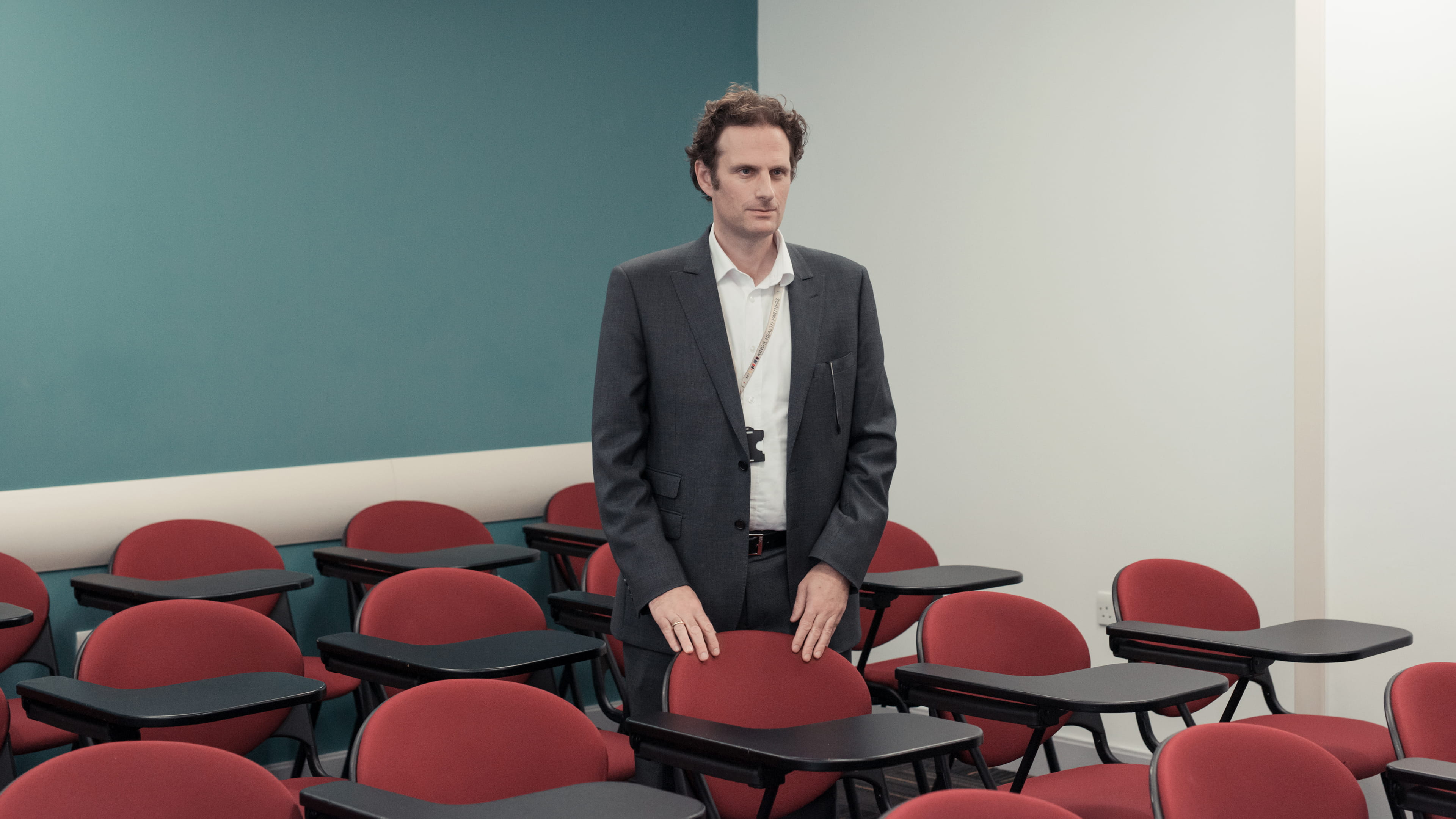 A neuroscientist’s guide to what happens in your brain when you feel guilt
I spoke with Roland Zahn, a psychiatrist at King’s College London, whose cutting-edge research on brain activity and mood disorders could transform the way we treat depression.
A neuroscientist’s guide to what happens in your brain when you feel guilt
I spoke with Roland Zahn, a psychiatrist at King’s College London, whose cutting-edge research on brain activity and mood disorders could transform the way we treat depression.

